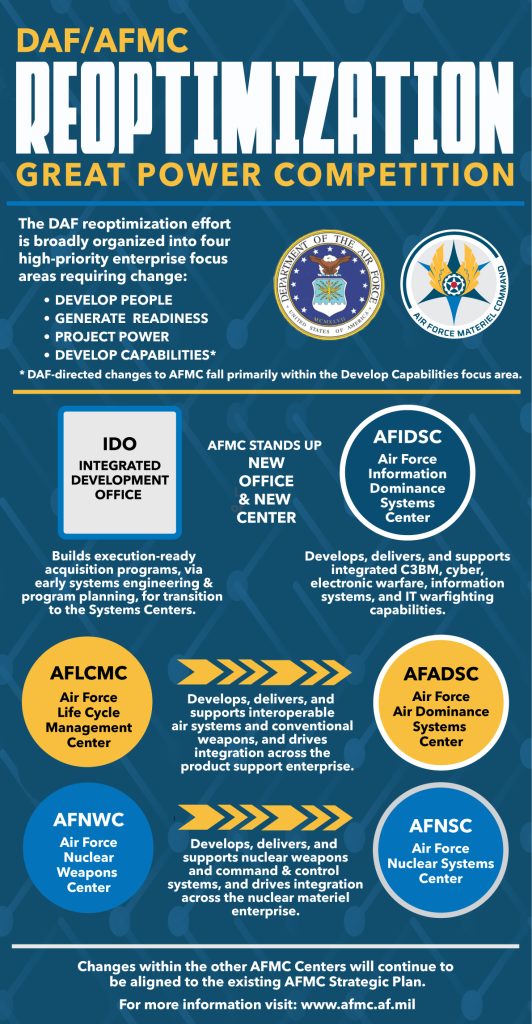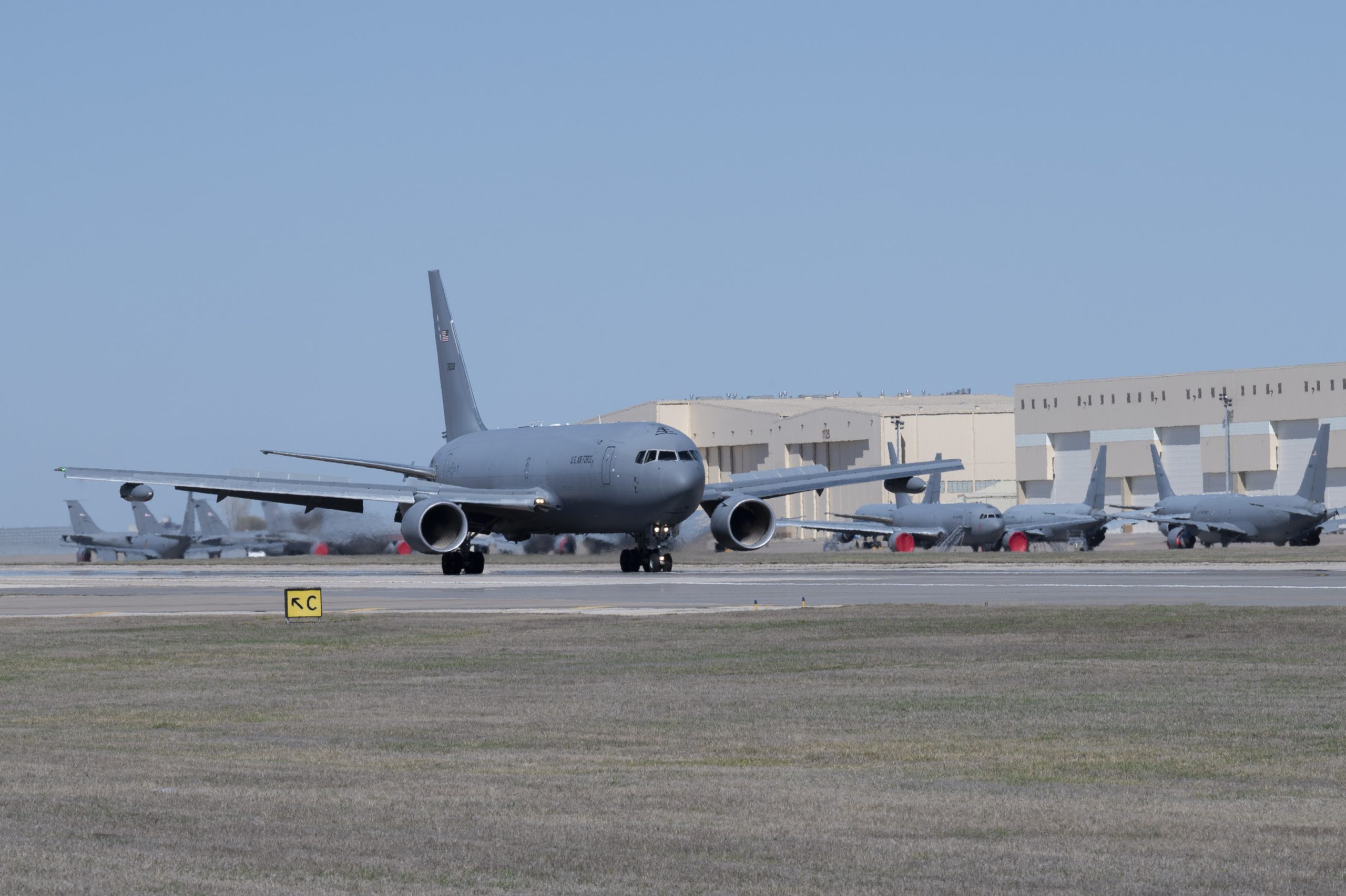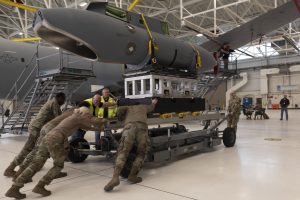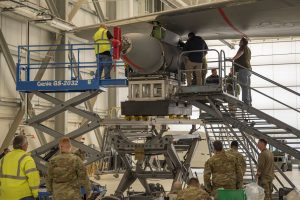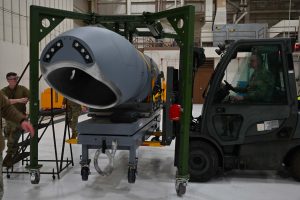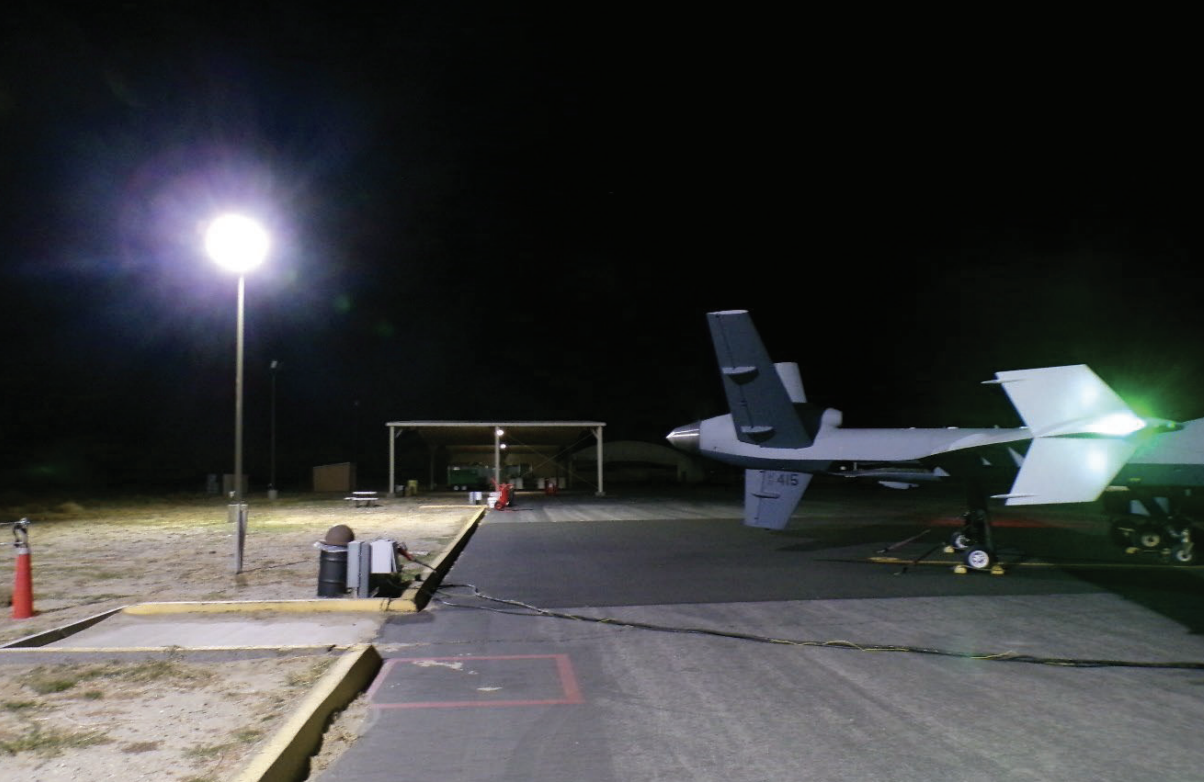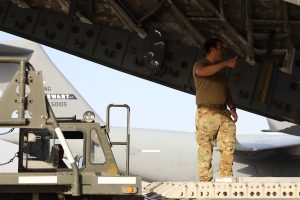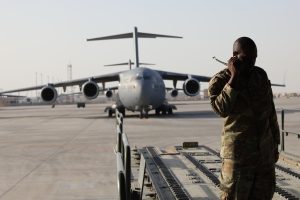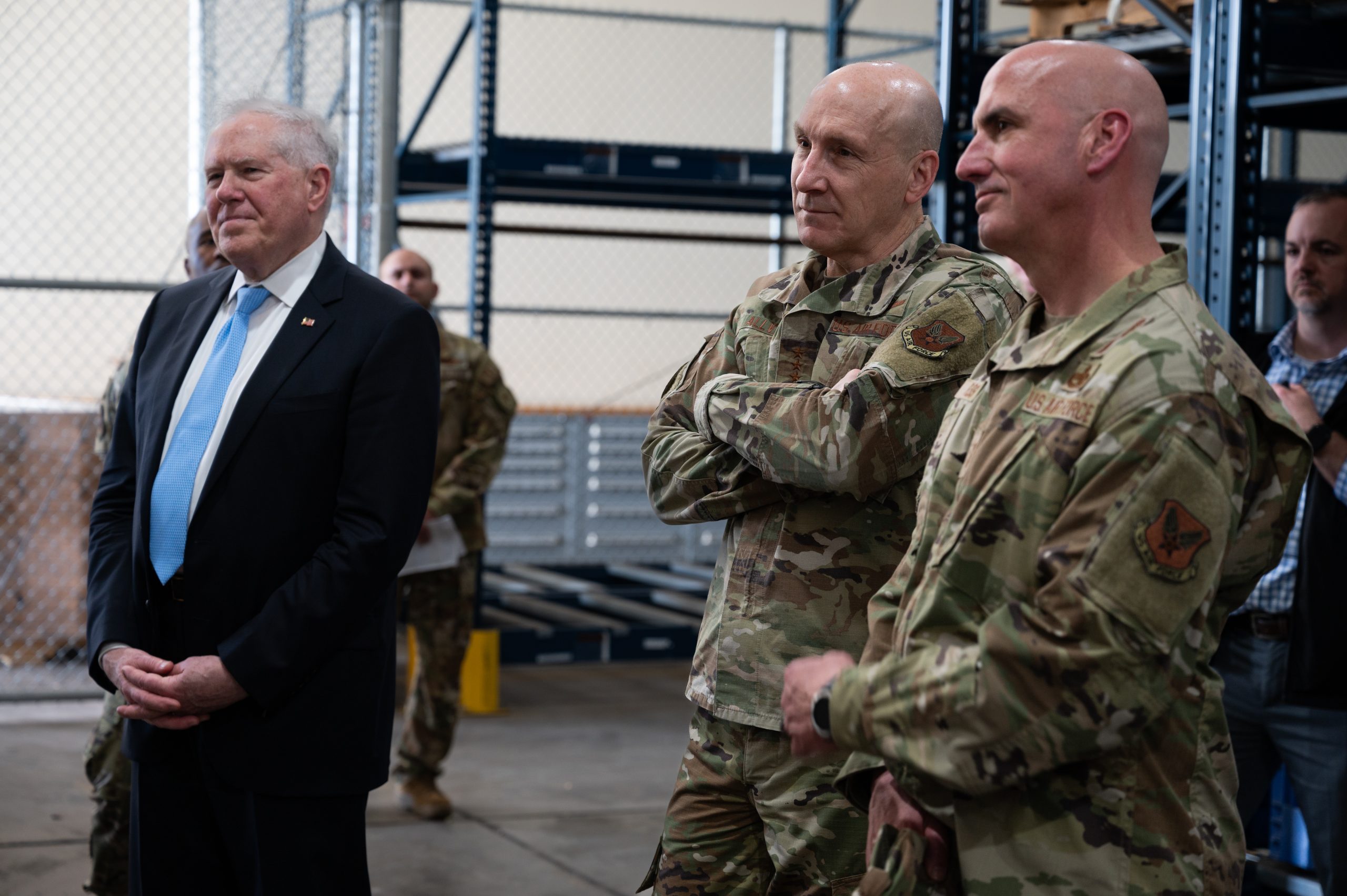As the Air Force moves toward officially implementing waist-to-height ratio as part of its body composition program, one expert applauded the move, saying waist-to-height is a more accurate health gauge than the Air Force’s previous methods, such as abdominal circumference and body mass index (BMI).
“That measurement has shown to better predict heart attacks, blood pressure, strokes, and other problems than just waist circumference,” Dr. Francisco Lopez-Jimenez, a cardiologist with the Mayo Clinic who has studied obesity-related measurements for years, told Air & Space Forces Magazine.
“As a person who has been doing a lot of research on this area, I think this is really a move in the right direction,” he added.
The Air Force announced its shift to the waist-to-height ratio in January 2023, about three years after the service abandoned the abdominal circumference assessment, better known as the tape test, in 2020. With the new test, Airmen divide their waist by their height in inches. For example, an Airman who stands 69 inches tall and has a waist of 36 inches would have a waist-to-height ratio of 0.52. The Air Force defines the waist as the midpoint between the lowest rib and the top of the hip bone.
According to a release at the time, any ratio below 0.55 is deemed a low or moderate risk, meeting the standard. Ratios equal to or above 0.55 will be considered a high risk and out of standard. The Air Force said at the time that assessments would begin in April 2023. In an email shared on social media and confirmed by Air & Space Forces Magazine last week, the Air Force’s force management policy directorate said the adaptation period remains in effect until the official Body Composition Program publication comes out, which the directorate expects will happen in the next 90 days.
The publication will include updated guidelines and protocols for body composition assessments. After it is released, a 180-day implementation period will follow “to afford all Airmen a window of awareness of the final policy to ensure compliance,” the email said.
“During the original and extended adaptation periods, administrative actions are not authorized if solely based on the results of any body composition assessments,” Air Force spokesperson Master Sgt. Deana Heitzman told Air & Space Forces Magazine.

Better Science
The Air Force dropped the abdominal circumference measurement in 2020 amid a COVID-induced hiatus in physical fitness testing. About 10 years earlier, the service had been using body mass index, which compares a person’s height and weight but can misclassify people with certain body types. Muscle weighs more than fat, Lopez-Jimenez noted, which can lead to strong people being misclassified as obese.
After BMI, the Air Force switched to abdominal circumference, which measures fat around the waist. The Air Force adopted CDC guidelines indicating an increased risk for diabetes, high blood pressure, and cardiovascular disease for women with an abdominal circumference greater than 35 inches and for men with an abdominal circumference greater than 39 inches, according to RAND.
The problem is proportion: a six-foot-tall man may have a bigger waist than a five-foot-tall man, not because he is overweight, but because he is a larger individual, Lopez-Jimenez said. To make things more difficult, the Air Force also ran the physical fitness test at the same time as the tape test and factored the tape test into the overall score, which led to some Airmen starving themselves or other extreme measures, then pushing themselves through runs, push-ups, and sit-ups, a dangerous combination that then-Chief Master Sergeant of the Air Force Kaleth Wright said led to the death of some Airmen.
The body composition assessment was separated from the physical fitness portion in 2020, but Defense Department regulations require some kind of body composition assessment. Waist-to-height ratio is a reliable tool for the job, said Lopez-Jimenez.
“When you divide by height, you are adjusting for the different sizes of humans,” he said. “There is a significant amount of scientific evidence showing that when you divide by height, your measurement goes from ‘good’ to the ‘excellent’ category of measuring cardiovascular risk.”
The cardiologist ranked BMI as the least reliable body composition measurement, with abdominal circumference in third, and waist-to-height ratio as second. He and his peers often use the highly accurate waist-to-hip ratio, but he reasoned that logistical concerns may have stopped the Air Force from adopting it.
“Waist-to-height just requires one extra measurement,” the waist, since measuring height is simple and Airmen already receive a height measurement at some point, Lopez-Jimenez said. By contrast, waist-to-hip would require time and training for both waist and hip measurements. Measuring someone’s hips also involves measuring their buttocks, which “might lead to some sensitivities.”

Access to Resources
Better science is great, but Lopez-Jimenez cautioned that losing weight is no easy task.
“I hope it will be parallel with providing access to resources like dieticians and medical consults” for those who don’t make the cut, he said. “Some people might have eating disorders and may need medications to lose weight.”
The Air Force appears to be on that track. When it announced the waist-to-height ratio last year, the service said Airmen who do not meet body composition standards would be enrolled in an informal, self-directed improvement program for a year. The goal is to provide them with “tools, resources, and a tailored action plan to aid in making positive changes toward better health,” according to a release at the time.
The initial results and the 12-month improvement program would be non-punitive, but if the individual fails again after that period, they may be enrolled in a formal program or be considered for administrative action, the release said.
The other services have taken different paths. In June, the Army switched from measuring men at their necks and waists, and women at their neck, waists, and hips, to measuring just the waist for both men and women. Soldiers who perform very well on the Army Combat Fitness Test are exempted from the tape test, while Soldiers who miss the mark on the tape test can request another assessment from a high-tech fat-measuring machine such as the InBody 770.
The Marine Corps still measures height, weight, and waist for initial body fat estimation, but starting in January 2023, Marines who miss those marks are not assigned to a body composition program or separated until they are measured by a high-tech fat-measuring machine. Later in 2024, the Navy is due to finish a two-year study of its body-fat analysis methods, Military Times reported in August, but it still involves a waist-measurement component for now.


